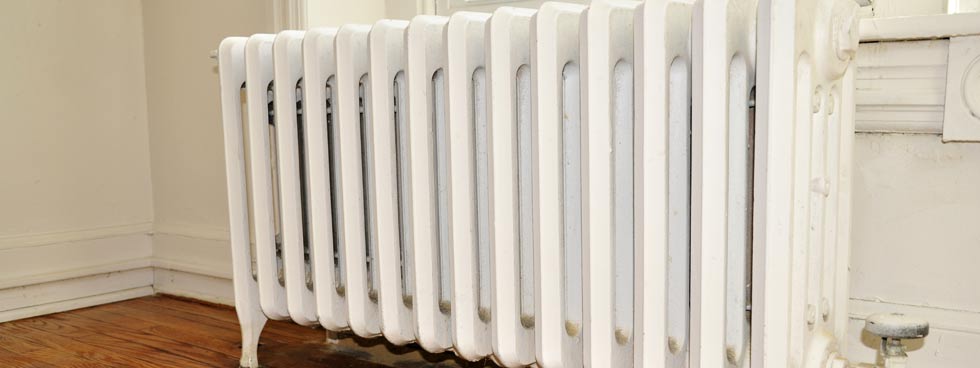Figures by Gillian Robinson
Here's Gillian's article on her experiences with Milliput:
"I have been making detailed figures using Milliput for museum displays and private collectors for the last 18 years. The commissions tend to be for one-off pieces, ranging in size from 15cms to 90cms, although for the largest I use mixed media, reserving Milliput for the finer detail of heads, hands, feet etc.
I begin all my figures, after initial research and sketches, by making a wire armature which is good for capturing a feel of movement in the pose. Next, I built up the anatomy of the figure in standard grey Milliput, shaping it using fingers, wooden modelling tools and steel dental tools.
The exciting quality of Milliput is that it is very responsive to being both modelled and sculpted. It holds the imprint of modelling marks perfectly and during the curing process its physical characteristics change, which enables the use of differing modelling techniques and very delicate work. As it becomes more leathery, it can be rolled out thinly to create convincing effects of drapery and folds of clothing, which give a sense of liveliness to the finished figure. When the Milliput is fully set, I like to use a variety of sculpting techniques: a heavy-duty craft knife is useful for craving and a range of rifflers and needle-point files are ideal for shaping and honing.
I find Milliput a wonderfully versatile medium, suitable for modelling almost any subject - which is just as well as I have been asked to tackle a variety of projects over the years: From historical and military figures to modern-day civilians, wildlife - from bats and seahorses to wild boar and eagles, and from the intricacy if a cross bow crannequin to the mundane simplicity of plastic buckets and bronze-age pots. In the end the only limitations imposed are those of one's imagination..."
Gillian Robinson - Website















